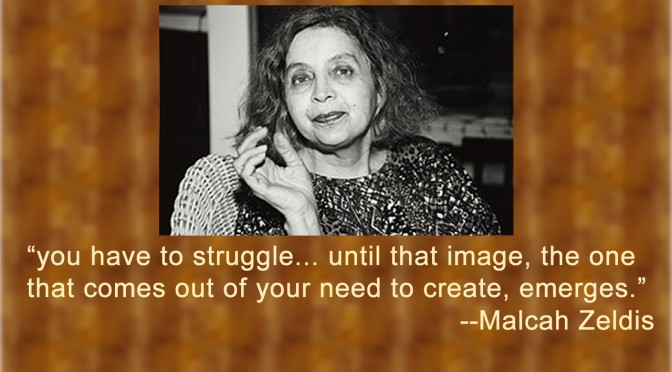While visiting national portrait library in 2012, I saw this quote by Malcah Zeldis: “Art is birth, and you cannot go to a teacher and find out how to be born… you have to struggle… until that image, the one that comes out of your need to create, emerges. ” Her words have stuck in my mind since.
The tools I use to draw scientific illustrations — Photoshop, Illustrator, Rhino, Maya — are the tools of professional graphic designers, so their tutorials are mostly made for designers. Through these tutorials, I get a glimpse of how designers work. There are a lot of differences between the world of science and the world of designs, but with an eye to catch similarities, I found a lot of common grounds.
At the very basic level are technical skills — the efficiency one uses tools and the depths of technical knowledge. For example, for designers, how well one uses brushes and paints or how much one knows about the color, texture, or strength of various materials. For scientists, these skills are, for example, how well one uses microscopes or how much one knows about the interactions between light and matter.
During the actual work process, the two fields share common traits of exploration and experimentation. In science, one sees something interesting in nature, asks questions that begin with “what if” or “why” or “how”, and conducts experiments to answer those questions. In the design field, one sees something interesting in nature or in life, registers them in mental images, and expresses them through photos, images or objects. Both of them involve trial and error — failed experiments, discarded drafts. Photographers talk about “work the shots”. A quote I saw from Boston MFA quilt exhibition further illustrates the exploratory nature of arts: “When Pilgrim and Roy found a design that intrigued them, they set out to discover everything they could about the pattern and to find as many unique variations as possible.”
At the very end, or rather, at the very beginning, there is this hunger for something new — new knowledge, new insights, new perspectives of explaining things, or new combinations of colors, patterns, new ways of seeing familiar daily objects, new angles of looking landscapes. This hunger for something new is intimately coupled with the need to express something new so that everyone else sees it too. And that is the need to create.
PS. Image of Malcah Zeldis is from Smithsonian American Art Museum Website.
